My passion for photography started when I was a teenager. And despite the fact that much of my college years were spent inside lecture halls rather than darkrooms, my interest in photography has extended into my adult life and my travels.
Now, photographing the world around me is one of my favorite things to do, and one of the most common questions I receive is about the camera gear that I’m shooting with, and what I think is the best camera for traveling.
Despite what many people think, I’m not using a top-of-the-line, professional camera that costs $2,000, or even half that. The body of my camera actually costs less than a quarter of that price.
Because I travel so often, I’ve had to find a way to balance the quality of my equipment with size. As someone who travels a lot, the oftentimes bulky equipment that so many people travel with just doesn’t make sense for me.
And for some reason, I see so many people walking around with expensive, unwieldy camera equipment that they don’t know how to use. Here’s the deal: unless you’re a professional photographer, it’s entirely unnecessary to spend all that extra money on a big, shiny camera.
Spending more doesn’t mean you’re getting better quality images—it just means you’re getting more advanced features. And unless your skill level has developed beyond the technical capabilities of your camera, there’s no need to spend more for the sake of these top-of-the-line features.
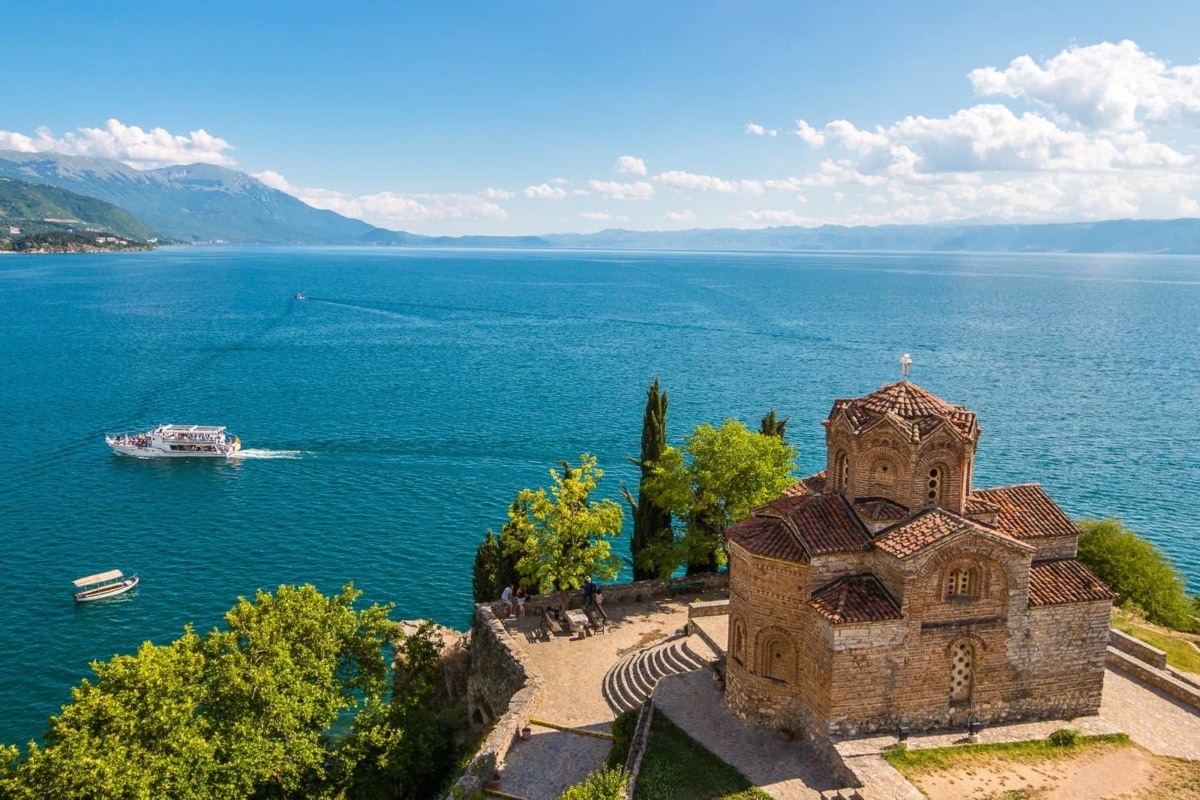
With all of this in mind, I set out to find the best camera equipment I could, at the best size and price. Sure, mirrorless cameras are one way to go, but they’re also much more expensive.
My research brought me to the conclusion that the Canon EOS Rebel SL1 (also known as the 100D in the UK) is the best DSLR camera for traveling. It’s the same size as a mirrorless (maybe even smaller) and it’s very affordable. I’ve been shooting with it for nine full months, and I couldn’t be happier.
Every photo in this article was taken with the SL1.
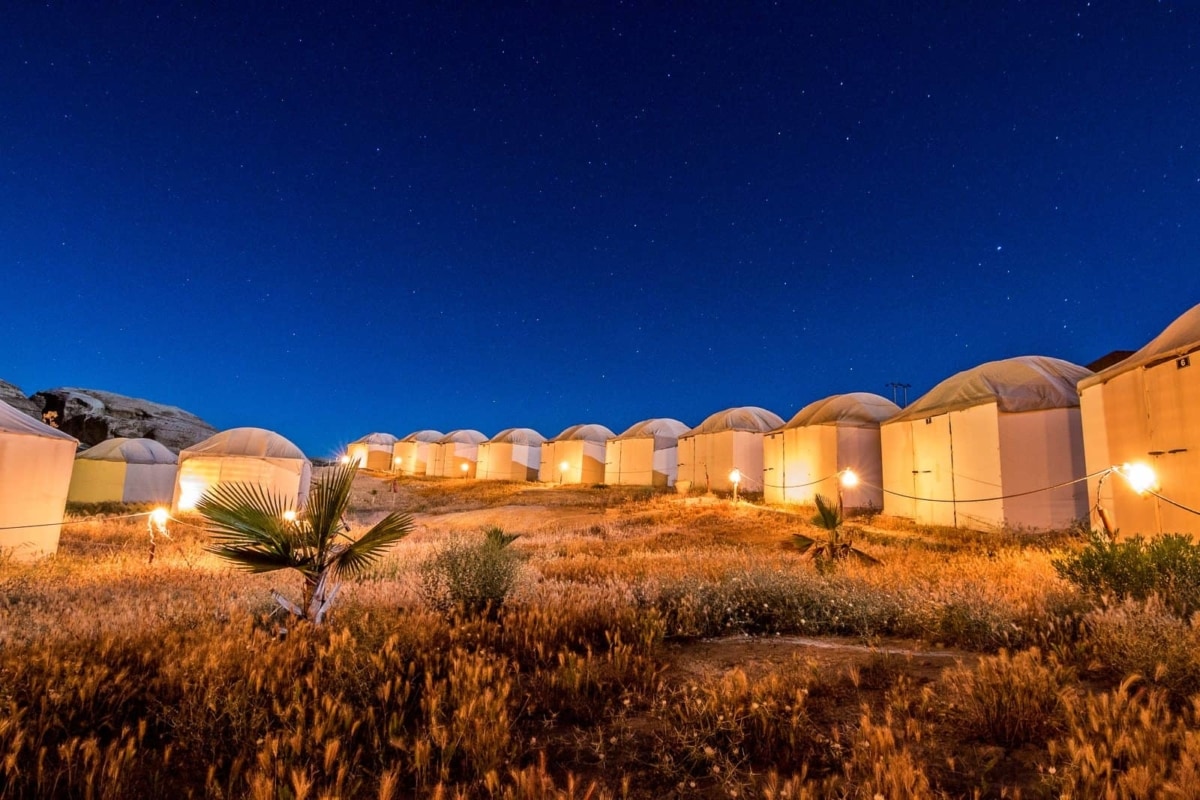
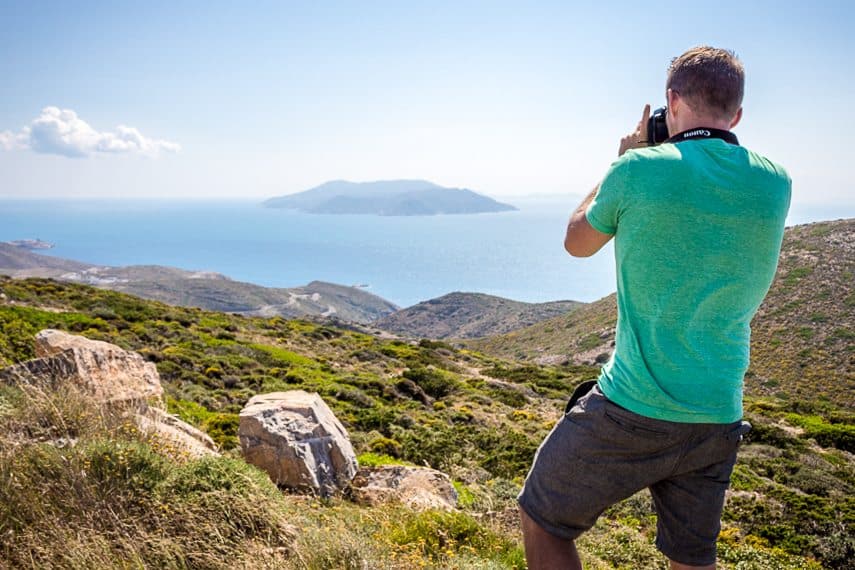

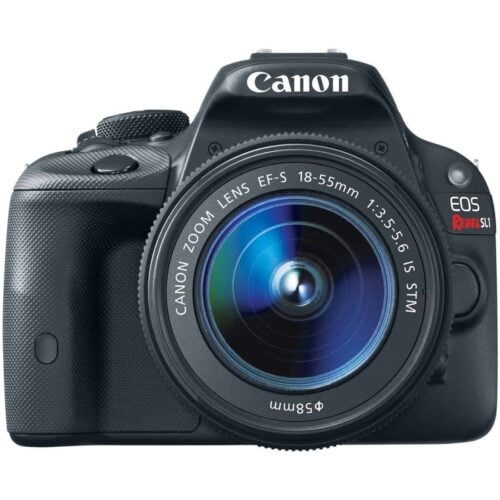
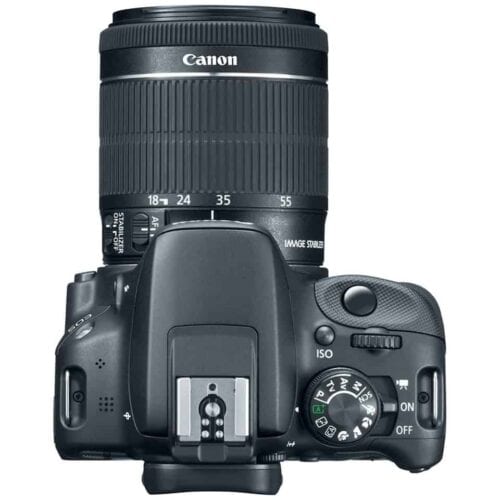
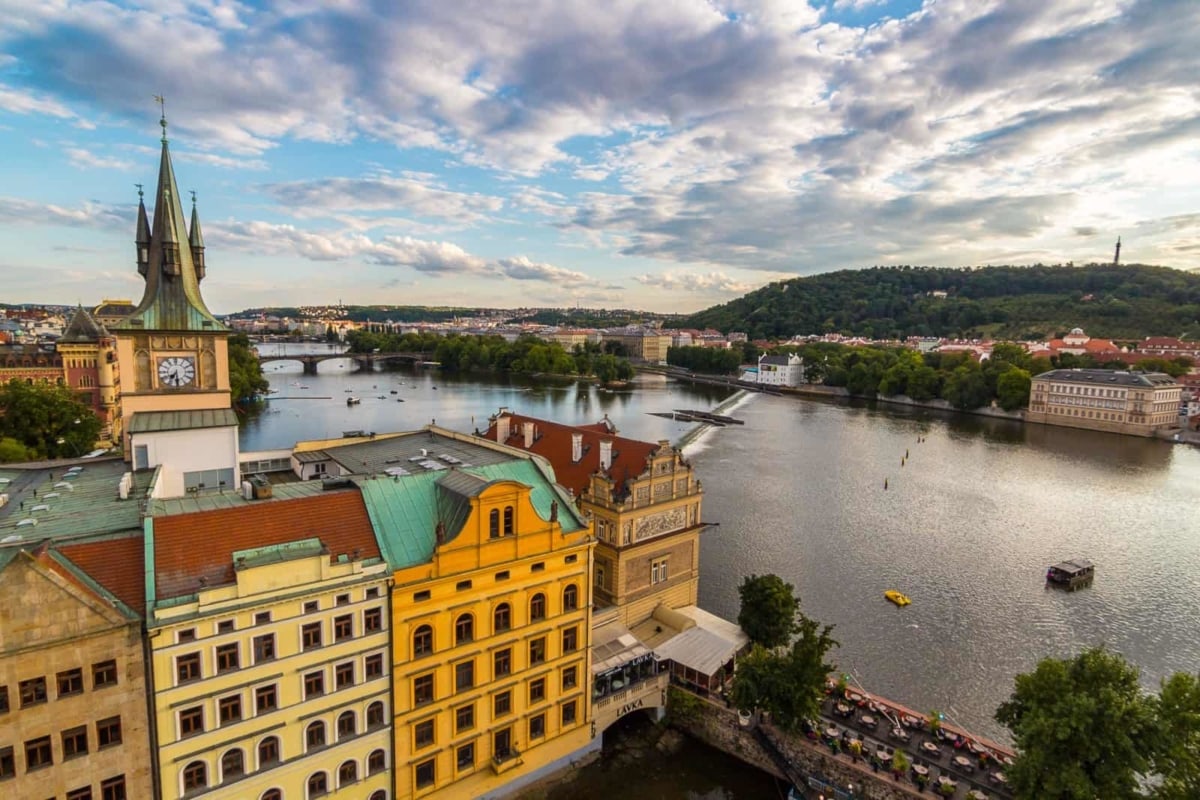
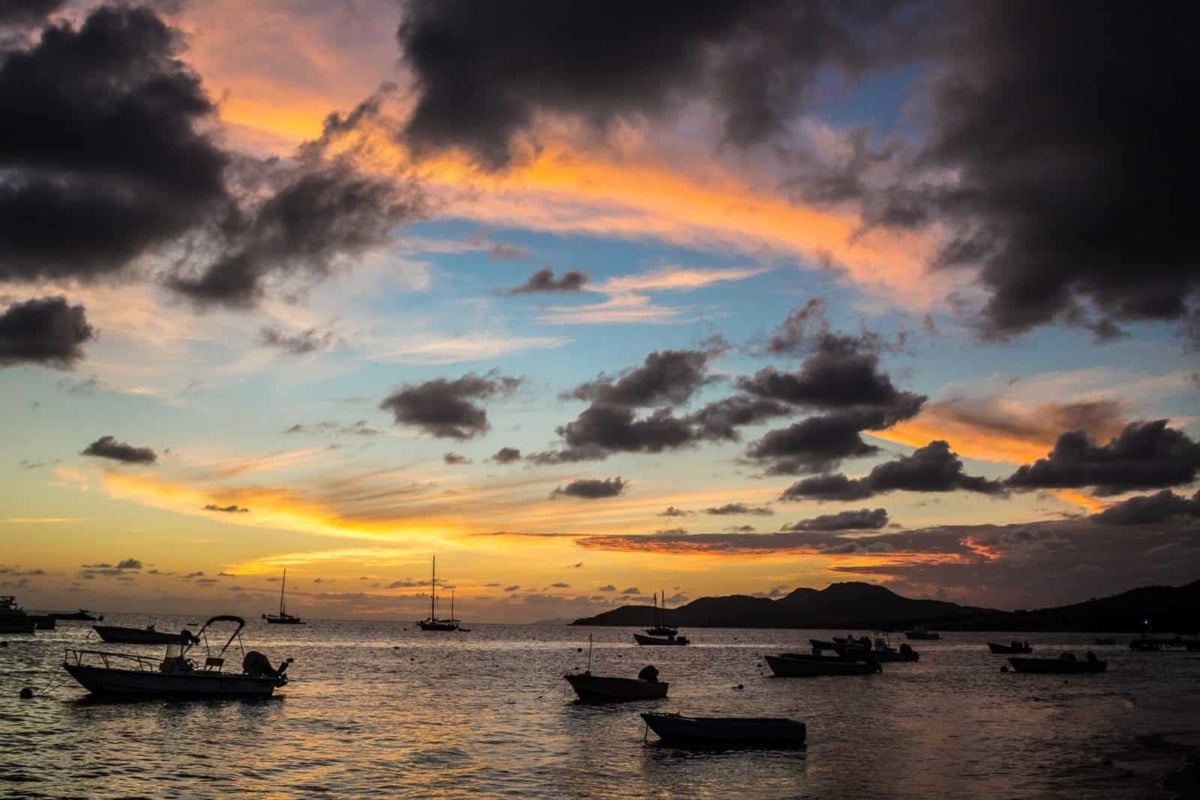
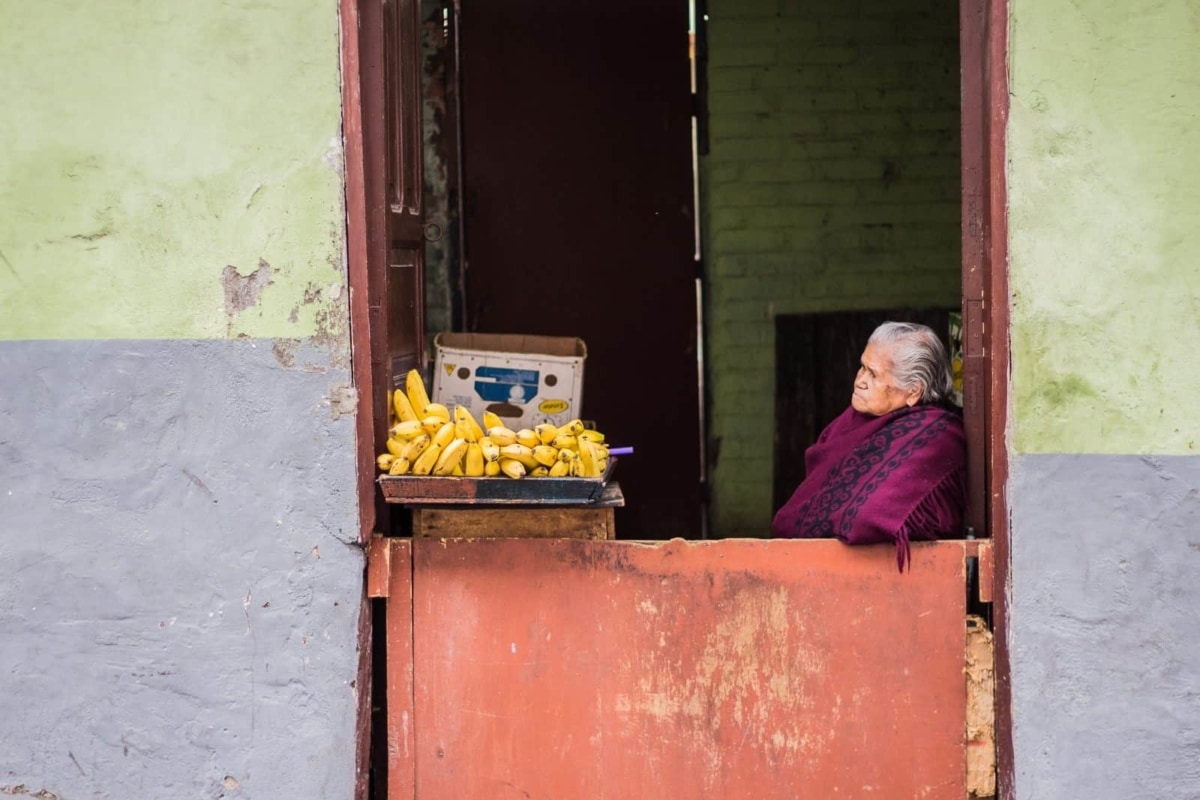
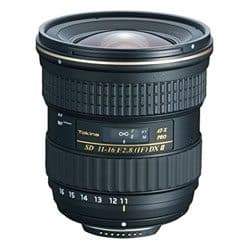
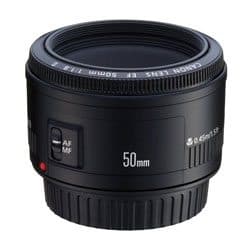
Thanks for this great advice as I am looking for a camera and it is so hard to choose.
My Samsung phone takes nice photos but I am now wanting more from a photo.
Keep travelling and blogging ?
Gwen
Great article! I’m a part time professional photographer and am planning to get rid of my stuff and travel next year and create a business around photos. My biggest dread…. carrying around a heavy SLR camera!! I absolutely hate it. This is giving me something to consider, I was thinking of going all out and upgrading, but maybe just for travel I would consider something like this. Interesting indeed 🙂
What kind of upgrade did you have in mind? Oftentimes an upgrade means bigger 😮
This is a really great camera, and many of my professional photographer friends have one as their backup for when they can’t use their primary equipment. It does the job more than well!
Upgrade to the big one: Canon 5D Mark III. It says it’s 30.3oz for the body only. I’m so torn…
Fabulous shots, Jeremy – I like the banana lady the best but they’re all really good. I’ve heard such great things about the Canon IOS but am quite taken with my Panasonic
Thanks! I love that shot, too. Of course, cameras come down to preference, and if you like your Panasonic, I won’t tell you otherwise!
Cameras are so subjective, so I admire your guts in putting this out there. I am about to invest in a new camera, and I’ve been doing a lot of research. I ditched my big expensive Nikon because I was tired of carrying an 8-pound weight around my neck. My wife bought me a Sony NEX 3 which is a nice camera for most purposes. She won a Samsung DV300F which, for a little pocket camera, takes amazing photos. But they’re not quite what I’m looking for; something about the size of your Rebel, but with a lens that will also allow me to take wildlife photos in a package that is not going to give me neck pain when I travel light. And I think I’ve found it. The Canon Powershot SX60 HS.
I love the PowerShot line, but that’s a point-and-shoot, not a DSLR 🙂
True 🙂
where and how much editing do you do to your photos?
I do edit my photos using mostly Lightroom and some Photoshop. I’ll get into more of this in a future article, but if you have specific questions, just let me know!
Nice read.. you’ve made a good case for the Canon! I’ve been traveling with the mirrorless Sony’s for the last few years and have been quite happy with their tiny size and excellent image quality. One thing you mentioned about this Canon that would possibly put me off is the slow shooting speed, as I like the ability to capture fast moving subjects.
Right now you can pick up a Sony A6000 for a tad more than that Canon, and it has a lot of neat features the Canon doesn’t – like extremely fast continuous auto focus (for wildlife and fast moving subjects) in combination with 11 FPS shooting, 24.3MPs, etc.. it’s also got you beat slightly on weight and size, but not by a lot surprisingly!
I will say one gripe with Sony was the lacking lens choices but they’re starting to improve with more selection now. I have to say at just $500 and with all the lenses Canon has this is certainly a good choice! And you’re photos back that up!
The shooting speed isn’t actually that slow for a DSLR, it’s just slightly slower than the T5i.
Mirrorless is definitely one way to go, and the Sony a6000 is a great choice for that (and for only a couple hundred extra bucks). As long as they have the lenses to go with it, another fine selection!
While the Mk II was more suited to specific photographic disciplines, the Mk III is a much more well-rounded, versatile DSLR, thanks to boosts in many aspects of its performance. The autofocus and low-light improvements make it one of the best cameras around for shooting at high sensitivities.
The Mark II and III are both fantastic cameras, but they come at a high price and are much more bulky. For traveling, I don’t think these cameras are ideal.
How timely! I just traded in my giant 7D for the SL1 last week before I flew out to Colombia. It’s been great. I agree with everything you said.
Good timing on this article. Just finished up a 16 month trip with only my Galaxy 4 and a Sony point and shoot. I wanted a DSLR but didn’t really have the money. I didn’t want to carry it either. But there were so many times on the trip where I thought, “I really wish I had a real camera right now.” I was able to get some good stuff but will definitely be buying a DSLR before my next big trip. Thanks for this because it is a good place to start my search.
I know that struggle! If you want to get any shots you can be proud of on your travels, you definitely need a “real” camera.
First, great article! I have the new version of the nifty fifty and it’s my go to lens for portrait pics. It is amazingly sharp and has a great bokeh, plus light to carry. My wife and I carry a T2i (our first DSLR) and a 7dM2. I mainly use the 50mm on the T2i and the pics come out awesome.
Good recommendation on the wide angle. I have Canon’s 10-18/4.5-5.6,though it’s much slower that your Tokina’s. I use a tripod if shooting at night.
Yes, I love my nifty fifty! Some of my all time favorite shots were taken with that lens! Thanks for letting us know your experience with it 🙂
I think i will buy this camera for my future trip to zanzibar in december. Great post.
I hope you enjoy it as much as I do!
I just started using the SL1 and I have to agree–it is FABULOUS for traveling!
I’m so glad you love it, Jewel! It’s a great camera.
Thanks so much for this post. I bought the 100D (I’m in Europe) after reading this post and I love it! Great recommendation.
Fantastic! Have fun with it. I definitely think it’s the best camera for traveling 🙂
Thanks for the great advice.
I completely agree with your recommending the Canon SL1. What an incredible camera! I travel a LOT,….and capturing those moments are important to me. This camera has it all,….small, lightweight, beautiful photos. The perfect camera for a traveler!
I’m so glad you love it as much as I do!
This is a really helpful article on a subject for which there is little concrete matter out there. What are your thoughts on the 18-200 MM lens to go with the Canon Rebel as an all-purpose lens? Thanks!
I gotta say, this was a super helpful post. It’s so hard to get some real, helpful recommendations on cameras and lens, without the helpful comparative insight . Everything is typically either super neutral, or super biased. Thanks for putting this together. I’m set to get the SL1 for our honeymoon to New Zealand.
Happy to hear it helped, Andre! I love this camera, and know you will too!
My husband is and airline pilot and I’m a pro photographer. I lugged my 2nd camera (a heavy 6D with batter grip & 24-105 lens) to Ireland and it about killed me. I knew there had to be a better way! I’m so glad I found this article!! Great info!! I did my own comp btwn the Rebel T6 and this and this looks like a far better camera. What really sold me is that I can us my EF lenses!! YAY! I have a fish eye, but like your review on the Tokia wide angle too, plan to pick one up as well.
Awesome! I really enjoyed this post and your fantastic photos! Wow, so beautiful. Thanks for the great info – I’m traveling to Costa Rica in August and need a nice, smaller camera than the DSLR I have currently. I think this could be one! Gracias!
Cheers,
Cameo
I love this camera especially for its size. I hope it works out for you!
What about NIKON D5600 … Please share your views
Thanks, this is very helpful. I have a camera that’s just too bulky and end up leaving it home and using my phone. I’m looking for something that’s small enough to travel with but takes good pictures too.
Interesting reading. Im just wondering why are you not using some zoom lens like 55-200 or something like that?
I don’t have much need for a telephoto lens as I shoot mostly landscapes and street photography. But a zoom lens is definitely an essential in most kits! I just don’t want to carry one around with me everywhere I go ?
Hello Jeremy,
Many thanks for your article: I fully agreed with you. I took photos for over 40 years, and I am not a professional, but I know how to take good pictures. Until recently I was using the Sony a6000 with several good lenses. One day I was looking to buy the sigma 17-70, that came on sale at 400$. Unfortunately it was only for the Canon mount. I was considering to buy one adapter that was really costly. So I decide to look at the price of a Canon camera. After careful evaluation I came across the SL1. On Amazon I found a refurbished one at 180$. And let me tell you, the camera looked like new and it is a lot better than my Sony.
How and why I should have bother to buy a mirrorless camera. I feel that I lost my time with Sony.
If anyone considering the SL1, don’t hesitate, it is one of the best camera for travelling and to bring with you everywhere.